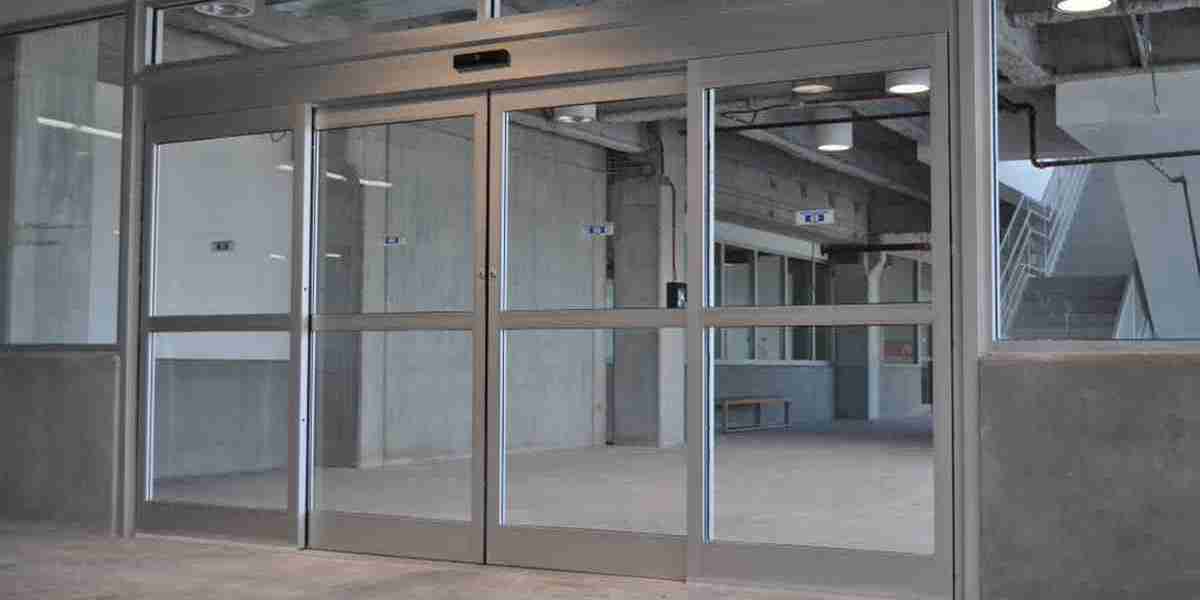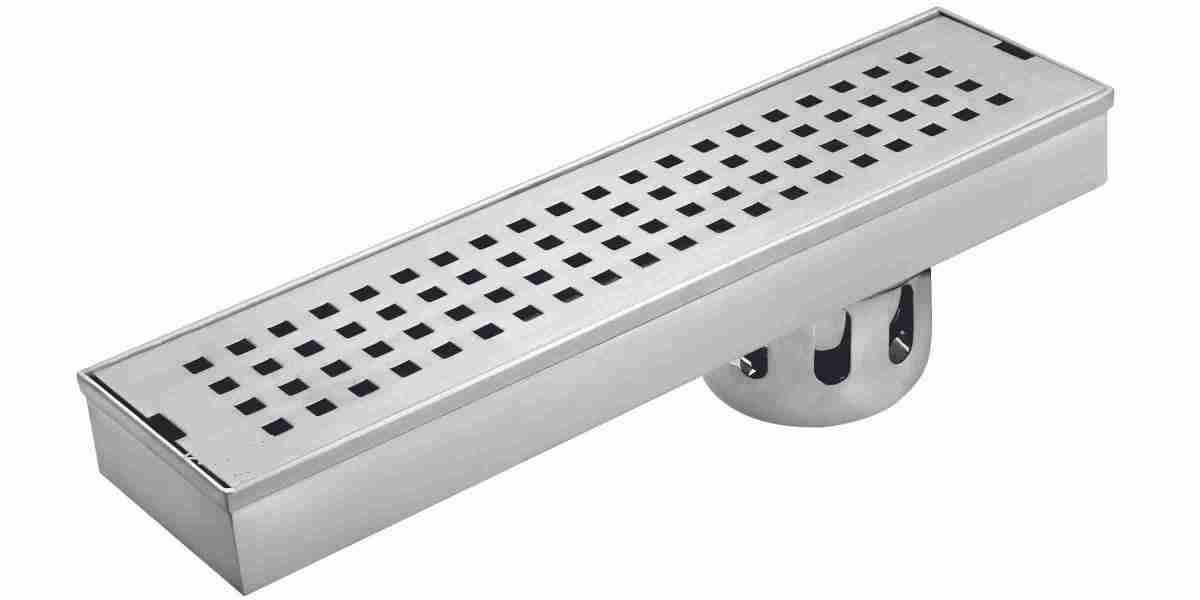The carpet tile market has been experiencing steady growth and transformation in recent years, driven by changes in consumer preferences, advancements in manufacturing technologies, and an increased focus on sustainability. Carpet tiles, also known as modular carpet tiles, are square-shaped carpets that can be easily laid out and replaced individually, making them a popular choice for both residential and commercial spaces. These tiles are commonly used in office environments, hospitality establishments, retail outlets, and increasingly in residential homes. The market dynamics for carpet tiles are shaped by various factors, including design trends, environmental concerns, and technological advancements in production processes.
Market Overview
The global carpet tile market is projected to grow significantly over the next few years. This growth is largely attributed to the increasing adoption of modular flooring solutions, which offer flexibility, ease of maintenance, and cost-efficiency. The use of carpet tiles in commercial spaces, such as offices and hotels, has been a major driver. These areas benefit from carpet tiles because they are easy to install, durable, and can be replaced individually when damaged, reducing maintenance costs. Additionally, the customization options provided by carpet tiles in terms of color, texture, and patterns have made them attractive to a wide variety of industries.
Growth Drivers
Rising Demand for Flexible Flooring Solutions: Carpet tiles are in high demand due to their adaptability and the ability to install them without disrupting daily operations, especially in commercial spaces. They can be laid over most existing floors, reducing the need for additional surface preparation. This aspect is particularly beneficial in busy office environments where downtime is minimal. Furthermore, carpet tiles are available in different sizes, making them suitable for both small and large spaces.
Sustainability and Eco-Friendliness: The increasing focus on sustainability in the flooring industry has played a crucial role in the growth of the carpet tile market. Many manufacturers have adopted eco-friendly materials, such as recycled fibers, and have focused on reducing their carbon footprints during production. Additionally, carpet tiles can be replaced individually, which reduces waste when compared to traditional broadloom carpets that require complete replacement. The ability to recycle used carpet tiles also contributes to the sustainable nature of these products.
Technological Advancements: Advances in manufacturing technologies have improved the quality and design options for carpet tiles. Innovations like tufted carpet tiles, woven constructions, and the use of innovative materials such as nylon, polyester, and polypropylene have enhanced the aesthetic appeal and durability of carpet tiles. Some manufacturers are even integrating smart technologies into carpet tiles, such as antimicrobial treatments and anti-stain coatings, to meet consumer demands for high-performance products.
Growth of Commercial Real Estate and Hospitality Sectors: The commercial real estate market, particularly the office and hospitality sectors, has been a significant factor in the growth of the carpet tile market. Carpet tiles are frequently used in offices, hotels, and other commercial buildings because of their durability and ease of maintenance. The global expansion of the hospitality industry, along with a growing emphasis on aesthetic and functional design, has further contributed to the demand for carpet tiles in high-traffic areas.
Customization and Design Trends: Carpet tiles offer a wide range of design options, which is one of the key factors driving their popularity. Consumers and businesses are increasingly seeking unique and customizable flooring solutions to create personalized spaces. Carpet tiles can be mixed and matched to create different patterns and color schemes, which is especially appealing to designers and architects in both residential and commercial applications. This customization aspect has made carpet tiles particularly popular in sectors such as retail and healthcare, where branding and aesthetics are important.
Challenges in the Market
Despite the positive growth trends, the carpet tile market faces several challenges. One of the primary concerns is the price sensitivity of some consumers, particularly in emerging markets where cheaper alternatives, such as broadloom carpets, are still preferred. Furthermore, the carpet tile market is highly competitive, with numerous regional and international players vying for market share. These players need to continuously innovate and offer superior products in terms of design, durability, and sustainability to stay ahead in the market.
Another challenge is the potential environmental impact of synthetic materials used in carpet tile production. While many manufacturers have shifted towards more eco-friendly materials, the carpet tile market still relies heavily on synthetic fibers like nylon and polyester, which are not biodegradable and can contribute to environmental pollution. However, efforts are being made to address these concerns through the development of bio-based and recycled materials that offer an eco-friendly alternative.
Regional Insights
The global carpet tile market is geographically diverse, with North America, Europe, and Asia Pacific being the key regions for market growth. North America, particularly the United States, has seen a significant rise in the adoption of carpet tiles, especially in commercial spaces. The demand in this region is driven by office renovations, as companies look for cost-effective and customizable flooring options. Europe is another key market, where sustainable and eco-friendly products are gaining traction. The region's stringent environmental regulations have encouraged manufacturers to focus on green manufacturing processes and recyclable materials.
Asia Pacific is expected to witness the fastest growth in the coming years, driven by rapid urbanization, growing infrastructure projects, and increased investments in commercial and residential real estate. Countries such as China and India are experiencing significant demand for carpet tiles in both commercial and residential sectors due to the rising middle class and growing real estate development.
Conclusion
The carpet tile market is poised for continued growth, driven by factors such as sustainability, innovation in design, and the increasing demand for flexible and low-maintenance flooring solutions. However, challenges related to price sensitivity and environmental concerns remain. As consumers and businesses continue to seek high-quality, customizable, and eco-friendly options, the market is expected to evolve with the introduction of new materials, technologies, and designs. The future of the carpet tile market lies in its ability to balance aesthetics, performance, and sustainability to meet the evolving needs of both residential and commercial consumers.



